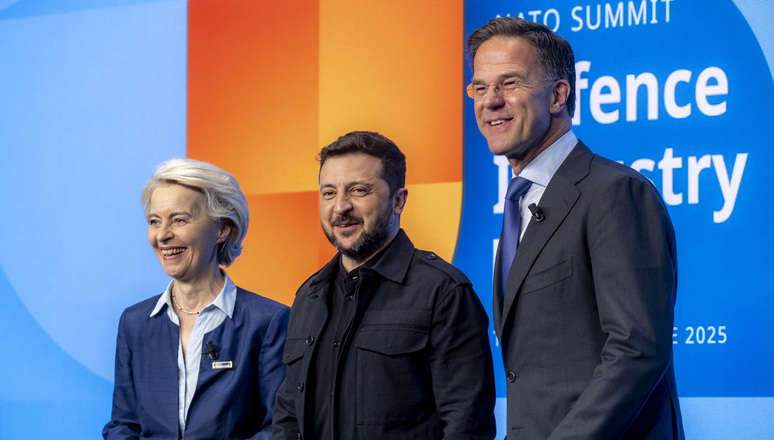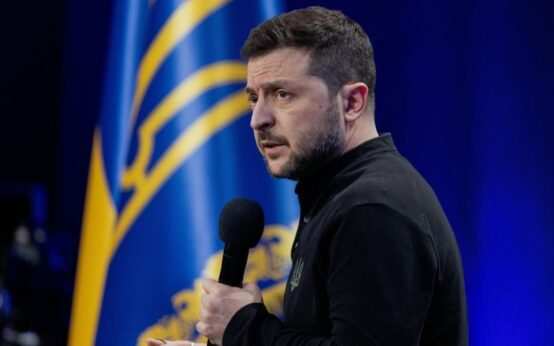NATO Commits to 5% GDP Defense Spending by 2035
NATO leaders agreed to boost defense spending to 5% of GDP by 2035. This decision came at the Hague summit on June 25, 2025.

The pledge includes 3.5% for core defense like troops and weapons. Another 1.5% will fund cybersecurity and infrastructure. Allies must submit annual plans to meet this goal. A review is set for 2029. Spain opted for flexibility, targeting only 2.1% GDP.
Reaffirmed Support for Ukraine
NATO reiterated strong support for Ukraine amid Russia’s ongoing war. Contributions to Ukraine’s defense will count toward the 5% target.
Leaders pledged €35 billion in aid for Kyiv in 2025. Ukrainian President Volodymyr Zelenskyy met with U.S. President Donald Trump at the summit. Trump called the situation in Ukraine “out of control” but backed NATO’s collective defense. NATO aims to bolster Ukraine’s security to deter Russia.
Background of the Spending Pledge
The 5% target stems from U.S. pressure, led by Trump, for allies to share defense costs. NATO’s previous 2% GDP goal, set in 2014, saw uneven compliance.
Russia’s 2022 invasion of Ukraine heightened fears of aggression. Eastern allies like Poland and Estonia pushed for faster increases. NATO Secretary General Mark Rutte proposed the 3.5% core defense split to balance economic concerns. The pledge aims to counter Russia’s military buildup.
NATO’s Struggles Over the Past Decade
NATO faced challenges meeting the 2% GDP target since 2014. Only three allies met it initially; 23 hit it by 2024. Spain and Canada lagged, spending 1.2% and 1.37% respectively.
Budget deficits and domestic priorities slowed progress. Trump’s past doubts about NATO’s value sparked fears of U.S. withdrawal. Russia’s actions in Crimea and Ukraine exposed NATO’s capability gaps. Internal debates over spending strained alliance unity.
Is NATO Relevant Now?
NATO remains crucial amid rising global threats. Russia’s aggression in Ukraine underscores the need for collective defense.
Article 5, treating an attack on one as an attack on all, was reaffirmed. NATO’s focus on deterring Russia has renewed its purpose. Eastern allies like Poland spend heavily, with 4.7% GDP on defense. The alliance also addresses cybersecurity and infrastructure vulnerabilities. NATO’s unity strengthens Western security.
Reaching 5% GDP will strain economies, especially in Western Europe. High national debts and social spending compete for funds. Spain’s resistance highlights differing priorities. Analysts warn of “creative accounting” to meet targets. Restocking weapons depleted by Ukraine aid is urgent. Russia’s military spending, at 7.1% GDP, poses a growing threat. NATO must balance deterrence with economic realities.


 Ukraine: Zelensky is open to stepping down as President
Ukraine: Zelensky is open to stepping down as President  Trump-Putin Meeting on Ukraine Conflict
Trump-Putin Meeting on Ukraine Conflict